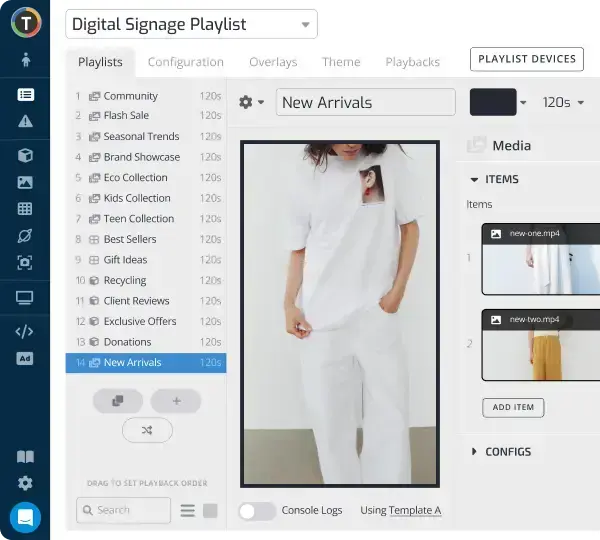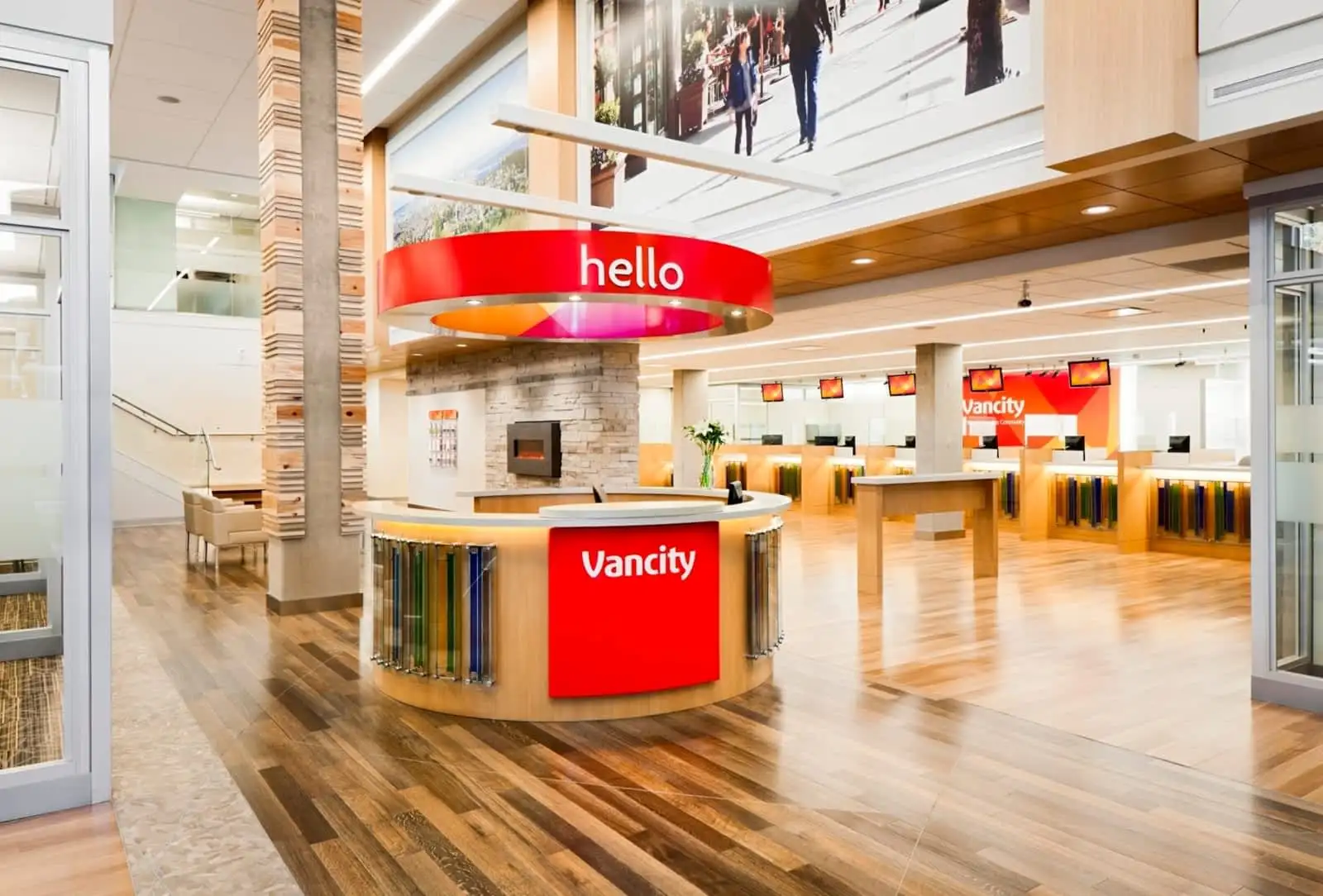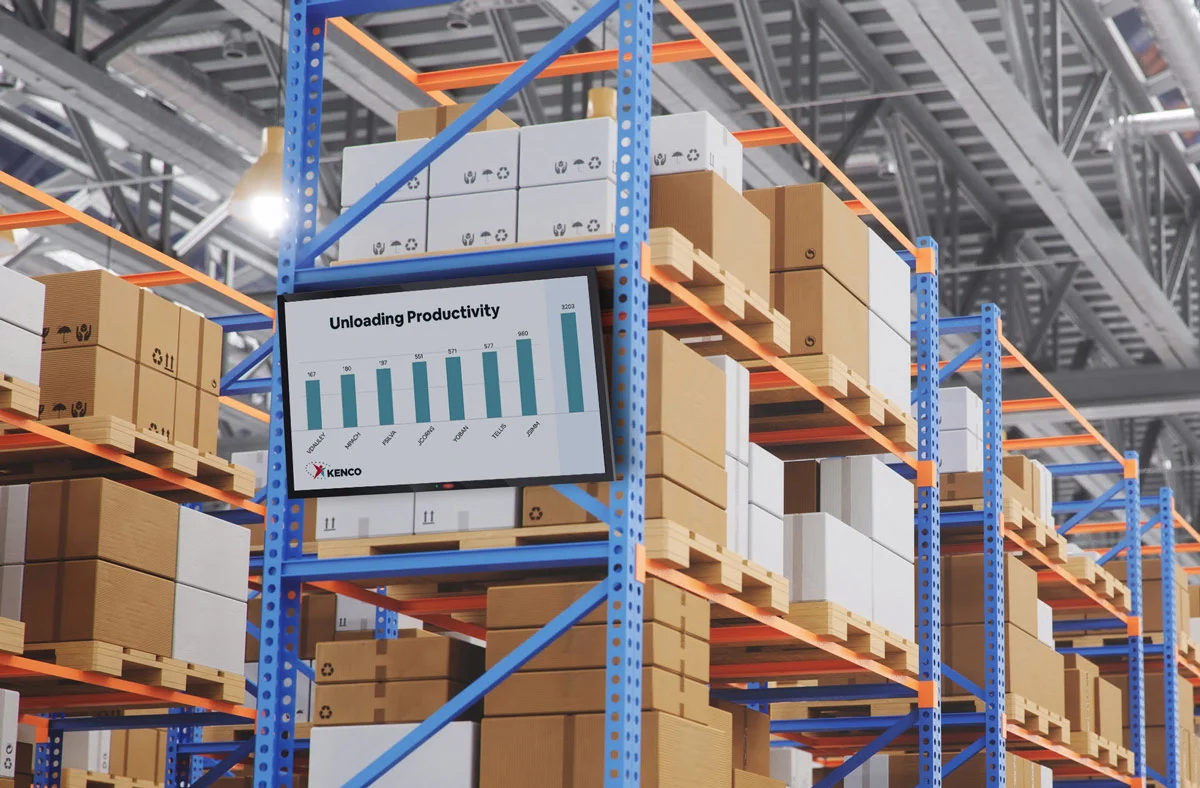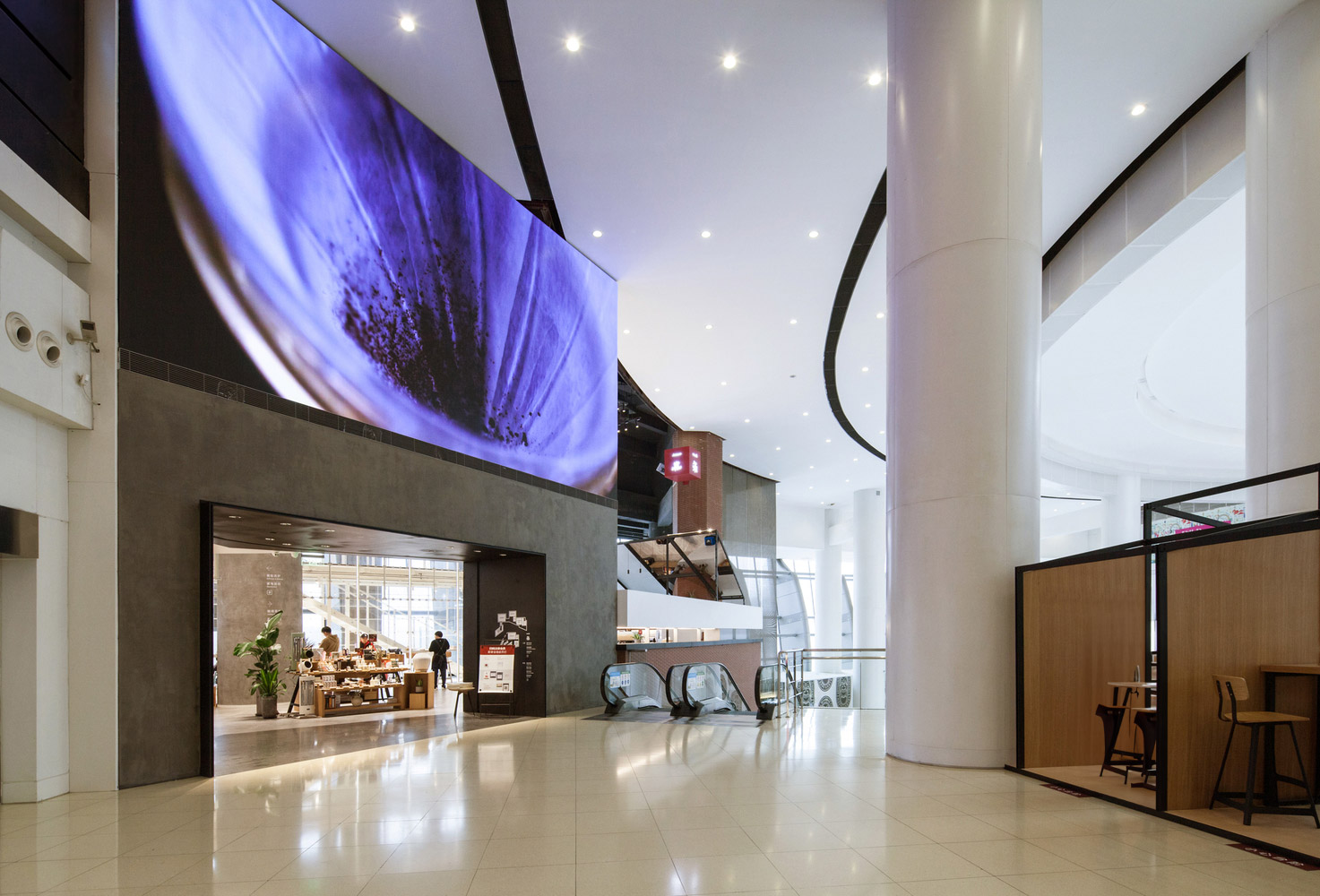Top Reasons to Choose Digital Signage Over Traditional Signage
WRITTEN BY: TelemetryTV, 11-08-2021

In the past two-plus decades, more and more forward-thinking companies have switched from traditional signage to its digital successor. It’s pretty simple why: Digital signage saves money, creates a more immersive and engaging experience, and is able to grab much more attention than its traditional counterpart.
Traditional Signage — advantages and disadvantages

There are certain situations when traditional signs are the preferable option over digital signage—albeit not often.
For example, in cases when signage only needs to be printed once and rarely updated. Or in cases where traditional signs fit the overall vibe and aesthetic of a brand or business—say, a vintage barbershop or a restaurant serving traditional fare.
Digital signage — pros and cons

Research shows that digital signage is much more effective than static signage in nearly every way. It’s easier to update, more memorable, and saves businesses a lot of money on printing costs over time. Here are a few digital signage statistics to prove our point:
- Digital signage increases customer satisfaction by 46%
- 47% recall seeing an ad on a digital display
- 8 out of 10 shoppers say they have entered a store after seeing a digital sign
- 84% of retailers believe digital signage boosts brand awareness
- Digital signage increases purchase amount by 30% in retail stores
- Almost 70% of consumers say that digital advertising influences their purchasing decisions
Advantages of digital signage over static signage
1. Create multi-sensory, immersive experiences

There’s a reason why humans spend a large amount of their time staring at screens these days. They are inherently eye-catching, which is one of the clear reasons why digital signage is a step up from traditional media.
Digital signage gives organizations the ability to stream dynamic, visually appealing content across large, beautiful high-definition screens. Needless to say, consumers who walk past these screens are much more likely to take in the content than they would be passing a traditional sign or poster.
2. Save costs
One common thing we constantly hear from companies about digital signage is that it’s out of their price range. A lot of businesses mistakenly assume that—due to the fancy tech and hardware—digital signage is much more expensive than traditional signage.
In the past, maybe this was true. But now, digital signage is actually the cheaper alternative. That’s because of two reasons. First, printing costs add up to a whole lot of money in the long run if you need to regularly update content. And second, the gear behind digital signage—the screens, media players, and signage software—has gotten exponentially cheaper in recent years.
So, sure, installing digital signage might cost you more upfront, but in the long run, you’ll end up saving money.
3. Better promo quality
Digital signage really makes a huge difference when it comes to pushing out sales, ad campaigns, event notifications, and other promotional materials.
Digital signs are much more visually impressive and imposing than static signs are. This is especially true for industries like retail, hospitality, marketing, and restaurants where showcasing promotions and attracting eyes are paramount to success.
Apart from their attractive nature, digital displays also give businesses the ability to use content that is much more dynamic—such as video and motion graphics that have higher contrast, better brightness, and brighter colors than traditional signage could ever dream of.
4. Easily updatable content
The biggest downside to static signage is that once it’s up, it’s impossible to change without going back to the drawing board, and—after that—re-printing and losing money in the process. Digital signage, on the other hand, is always updatable
For example, if you launch an ad campaign across your digital displays and the campaign doesn’t perform up to expectations, no biggie. Just open up your digital signage CMS and quickly make improvements to it on the fly. It’s really that easy.
5. More attention from people

Unfortunately, static content gets stale very quickly. Like we said, once a traditional sign is put up, it’s not changing anytime soon.
Comparatively, digital signage—when deployed correctly—is ever-changing and dynamic. I’m sure you can guess which one consumers like better. This mostly comes down to features that allow organizations to automate and constantly change content on their digital screens throughout the day.
For instance, most digital signage platforms offer scheduled content and automated playlists that allow users to rotate content on the displays so it never gets boring for those interacting with it.
On top of being more pleasing to consumers, it also offers a way for businesses to use their digital signs for a variety of use cases—unlike a static sign, which only has one use case. Your screen could display an advertisement one moment, then helpful information the next, and then finally a notification about an upcoming event or promotion.
Traditional signage vs. digital signage — comparison
At the end of the day, a traditional signage and digital signage comparison should be easy for most businesses. The upfront costs of installing digital signage might be more, but in the long run, the benefits reaped including increased revenue streams make digital signage a worthy investment.
Getting started with digital signage
Want to know more about how switching to digital signage can help your business thrive? Contact our team of digital signage experts today.











